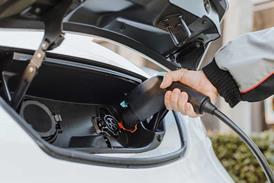Government unveils plans for HGV charging infrastructure

All four consortia and more than 400 attendees gathered together for the ZEHID progress summit where plans for 54 new infrastructure hubs were announced. The event began with a keynote by Lilian Greenwood MP, future of roads minister, followed by updates from eFreight 2030, HyHaul, Project Electric Freightway and ZenFreight.
This article is for registered users only
Please login or create a FREE account to read the full article
Want to read more?
Register now for free to access the full article.
To access our great content on the Motor Transport website and to get a free copy of our weekly Executive Brief newsletter.
Once registered, you’ll get access to:
- In-depth breaking news every working day of the year
- All the best careers advice for you and your business
- Profiles of every winner at the Motor Transport Awards
- The richest set of road transport industry data in the UK
- You may also be eligible for a free print or digital copy of Motor Transport


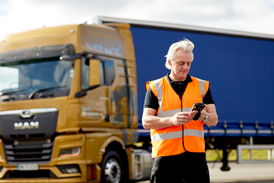
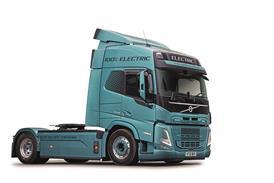
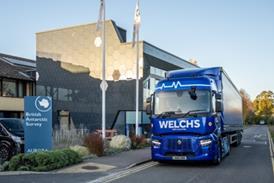
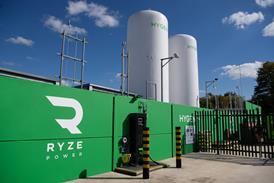
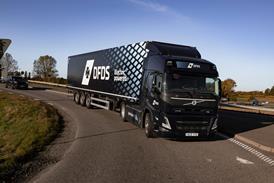
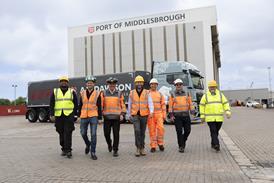
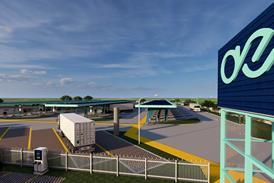



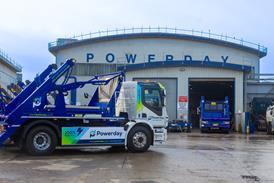
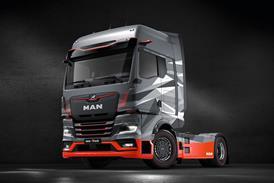
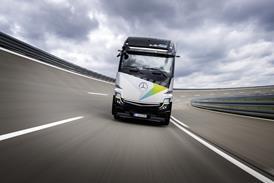
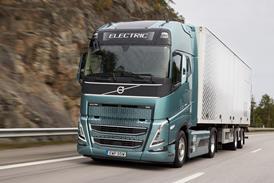
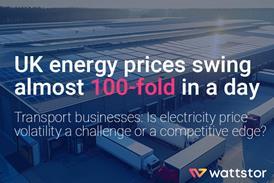
![Mercedes-Benz_eActros_600_(1)[1]](https://d2cohhpa0jt4tw.cloudfront.net/Pictures/274x183/8/1/8/17818_mercedesbenz_eactros_600_11_556244.jpg)

